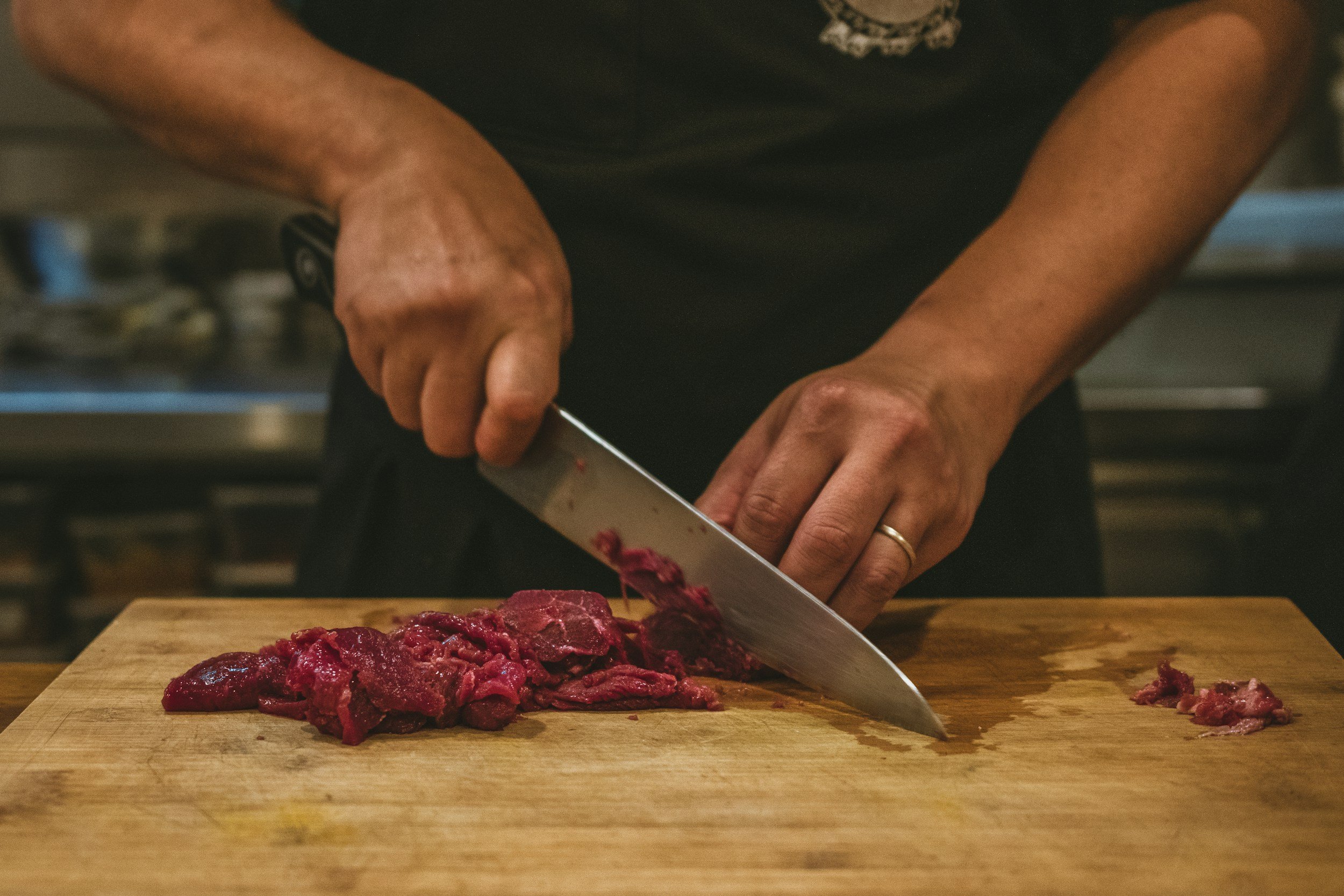The debate surrounding knife safety is one that every kitchen professional encounters at some point. While sharp knives are often lauded as essential for efficiency and precision, not enough attention is placed on their counterpart: dull knives. Is a dull chef knife safe to use? This question not only resonates with those new to the culinary world but also challenges seasoned chefs to rethink their knife care strategies.
In this article, well dive deep into the potential risks and consequences of using a dull chef knife, while also guiding you through proper precautions and maintenance tips. Whether youre in a fast-paced commercial kitchen or a home setup aspiring to chef-level standards, understanding the dangers and solutions surrounding dull knives is critical.

What Makes a Knife Dull?
Lets first establish what constitutes a dull knife. A dull knife is one that has lost its edge, meaning the blade no longer cuts with ease. Youve experienced this if youve ever had to hack through a tomato rather than gliding through it effortlessly. Essentially, the blades sharpness decreases over time due to regular usage, improper care, or exposure to hard surfaces like ceramic plates or stone countertops.
Dull knives are common, but instead of considering them harmless due to their inability to cut well, kitchen professionals must recognize the dangers they pose.
Why a Dull Chef Knife Can Be Dangerous
Is a dull chef knife safe to use? In reality, dull knives pose more risks than sharp ones for several reasons:
1. Increased Force Requirement
One of the most significant issues with a dull knife is the increased force required to make cuts. More effort can lead to a loss of control, causing the knife to slip. This could easily lead to an accidental cut or injury.
2. Inconsistent Cuts
Professional kitchens value consistency in food preparation. A dull knife makes it nearly impossible to achieve precise, even cuts on ingredients, which could affect cooking times and presentation.
3. Fatigue for the User
Using a dull knife for prolonged periods is physically fatiguing. It takes a toll on your wrists, hands, and forearms, causing unnecessary strain while reducing productivity in the kitchen.
4. False Sense of Safety
Many people assume a dull knife is safer because it cannot cut as easily. However, this false sense of safety often leads to negligence in handling, increasing the likelihood of accidents.
Proper Ways to Handle a Dull Knife Safely
Until your dull knife is sharpened, consider practicing the following measures to improve safety:
1. Use a Knife Guard
A knife guard can help ensure more controlled cuts and help you avoid accidents caused by slippage on tough ingredients.
2. Opt for Softer Ingredients
Be mindful of what youre cutting. Avoid tough, fibrous ingredients like butternut squash or large cuts of meat until the knife is restored.
3. Consistent Motion
Try precise, consistent motions during cutting rather than hacking or pressing down too forcefully. That small adjustment can add an extra layer of safety.
Tips to Keep Chef Knives Sharp
Instead of asking is a dull chef knife safe to use, its better to focus on prevention. Keeping your knives sharp is the key to both safety and efficiency in the kitchen:
1. Regular Honing
Honing aligns the knifes edge to maintain sharpness. It doesnt sharpen the blade but prolongs its edge between sharpening sessions.
2. Invest in Knife Sharpening Tools
Using a whetstone, handheld sharpener, or electric sharpener ensures your knife is always in peak condition. (For step-by-step instructions on sharpening, visit All Recipes: How to Sharpen a Knife.)
3. Use a Cutting Board
Avoid cutting on hard surfaces like glass or marble. Stick to wooden or plastic cutting boards to increase the longevity of your blade.
4. Store Knives Properly
Never leave knives loose in a drawer where the blades edge is exposed. Use a knife block or magnetic strip for storage. For more tips, check out Buying a Chef Knife.
Signs Your Knife Needs Immediate Sharpening
A pro chef should recognize the warning signs of a dull knife:
- The blade struggles to cut through a ripe tomato or onions with ease.
- You feel the knife dragging along food items.
- The edge appears visibly worn or uneven.
- The knife easily slips off the surface of sturdy ingredients like a potato or apple.
If your knife exhibits any of the above signs, its time for a professional sharpening session or at-home techniques using proper tools.
FAQs
1. Can I use a dull chef knife for non-culinary purposes?
Its never recommended to use kitchen knives for purposes other than cutting food, sharp or dull. Misuse can damage the blade and compromise safety.
2. How often should I sharpen my chef knife?
The frequency depends on how heavily its used. For a commercial kitchen, sharpening every few weeks or months is recommended. For home use, once or twice a year may suffice.
3. Are serrated kitchen knives also prone to dullness?
Yes, although serrated blades dull more slowly. They still require occasional sharpening and honing for optimal performance.

Conclusion
Is a dull chef knife safe to use? The answer is clear: no. Dull knives are far more hazardous than a sharp, well-maintained blade. Regular sharpening, proper storage, and cautious use are critical to maintaining safety and efficiency in the kitchen.
For more insights into maintaining your kitchen tools, check out Food and Wine's Knife Sharpening Guide.
This article contains affiliate links. We may earn a commission at no extra cost to you.


























